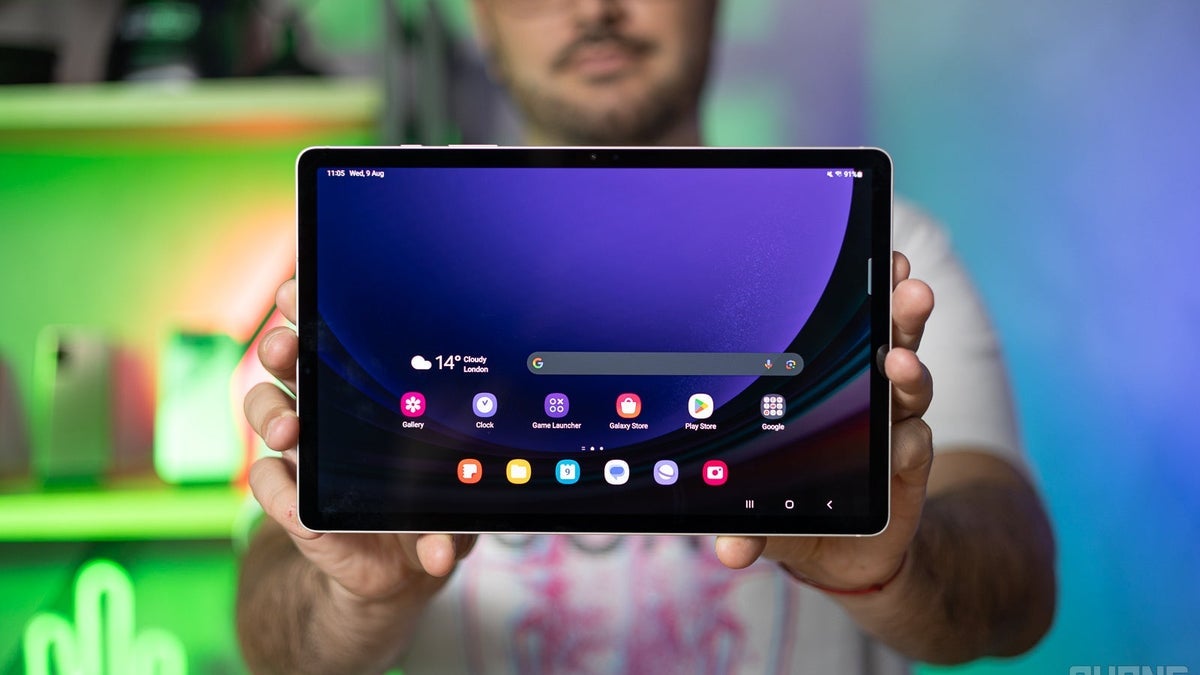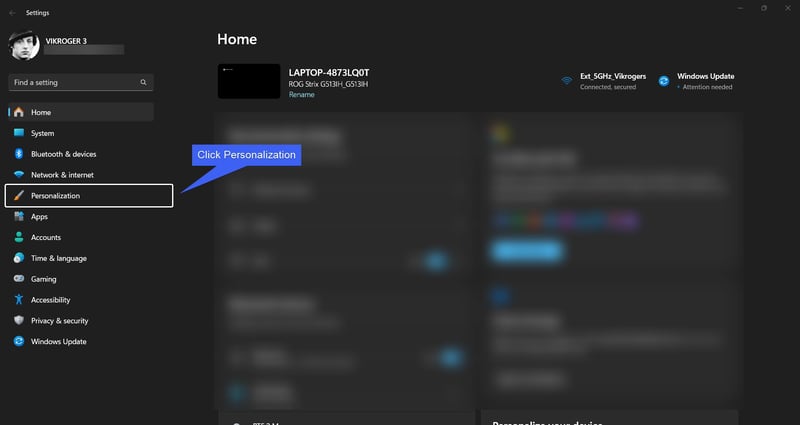Top Multi Channel Marketing Strategies to Boost Your Brand Engagement
What is multi-channel marketing and how can it benefit your business? Multi channel marketing leverages different platforms like email, social media, and more to connect with your audience. This strategy not only broadens your reach but also enhances engagement. In this article, we will explore key strategies, benefits, and practical tips for effective multi channel marketing. Key Takeaways Multi-channel marketing enhances customer engagement by leveraging various channels, improving brand visibility, and aligning messaging across platforms to meet customer preferences. Successful multi-channel strategies rely on data-driven decision-making, effective management, and consistent messaging to optimize marketing efforts and improve ROI. Challenges in multi-channel marketing include managing complexity, accurate channel attribution, and keeping pace with technological innovations, necessitating ongoing adaptation and cross-departmental collaboration. Understanding Multi Channel Marketing Engaging in multi-channel marketing involves a strategic approach that leverages various promotional and distribution channels to engage with customers. This method centers around delivering the appropriate marketing messages across several distinct channels, guaranteeing that these communications effectively reach the intended audience through their chosen mediums. Frequent options for these communication platforms encompass email as well as social media, but also extend to print materials, mobile communications, display advertisements, and television. Achieving triumph in multi-channel marketing is contingent upon grasping each channel’s advantages and refining strategies for targeting your audience. Constructing detailed buyer personas which reflect not only preferred channels of communication but also ad interactions and demographic details permits marketers to customize their approaches according to consumer inclinations. Given that consumer attitudes and actions are subject to change, it’s essential for marketers to persistently adjust their efforts in order maintain efficient engagement tailored individually. Selecting pertinent channels proves critical in this context. Frequently opted-for venues include those like social media platforms, web-based marketing pursuits, digital advertising campaigns, and mobile-oriented outreach tactics. Each avenue presents its own set of distinctive rewards. An amalgamated tactic ensures a unified presence while magnifying the impact of said initiatives on overall marketing success. Benefits of Multi Channel Marketing Engaging with customers through a variety of channels can greatly enhance customer engagement and satisfaction levels. Brands that interact with their audience using multiple touchpoints are able to offer a richer and more captivating customer experience. Customers who connect with brands across different channels typically spend between two to five times as much as those who only use a single channel. Successful digital and social media marketing strategies rely heavily on effective engagement. The upcoming subsections will explore in detail the advantages of broadening your reach, refining the customer experience, and achieving better returns on investment (ROI). Expanded Reach Leveraging a variety of marketing channels increases brand exposure and fosters better engagement with customers by interacting on their preferred platforms. Identifying those favored channels and engaging consumers guarantees meaningful interaction across diverse platforms. Employing this strategy enables businesses to maintain connectivity with customers as they move between different platforms, thereby expanding reach and aiming at audiences that show high intent in researching products. Engaging with potential buyers through assorted channels may also uncover new customer segments that hold significant purchasing power. Enhanced Customer Experience Marketing across multiple channels strives to ensure that customers encounter a uniform experience when interacting with a brand, no matter which platform they choose. By connecting with customers on different platforms, brands can strengthen loyalty and boost sales through the development of a trustworthy and consistent brand image. When brands interact with their customer base via their favored channels, it bolsters the chances for positive interactions and successful conversions. Strong engagement correlates to heightened brand fidelity and trust from consumers, as numerous brands adeptly employ an array of channels to intensify both customer engagement and loyalty. Improved ROI Utilizing a variety of channels enables brands to expand their message’s reach and connect with varied audiences more efficiently. Ensuring that marketing efforts are spread across multiple channels can lead to a wiser allocation of marketing funds, ultimately resulting in improved outcomes. B

What is multi-channel marketing and how can it benefit your business? Multi channel marketing leverages different platforms like email, social media, and more to connect with your audience. This strategy not only broadens your reach but also enhances engagement. In this article, we will explore key strategies, benefits, and practical tips for effective multi channel marketing.
Key Takeaways
Multi-channel marketing enhances customer engagement by leveraging various channels, improving brand visibility, and aligning messaging across platforms to meet customer preferences.
Successful multi-channel strategies rely on data-driven decision-making, effective management, and consistent messaging to optimize marketing efforts and improve ROI.
Challenges in multi-channel marketing include managing complexity, accurate channel attribution, and keeping pace with technological innovations, necessitating ongoing adaptation and cross-departmental collaboration.
Understanding Multi Channel Marketing
Engaging in multi-channel marketing involves a strategic approach that leverages various promotional and distribution channels to engage with customers. This method centers around delivering the appropriate marketing messages across several distinct channels, guaranteeing that these communications effectively reach the intended audience through their chosen mediums. Frequent options for these communication platforms encompass email as well as social media, but also extend to print materials, mobile communications, display advertisements, and television.
Achieving triumph in multi-channel marketing is contingent upon grasping each channel’s advantages and refining strategies for targeting your audience. Constructing detailed buyer personas which reflect not only preferred channels of communication but also ad interactions and demographic details permits marketers to customize their approaches according to consumer inclinations. Given that consumer attitudes and actions are subject to change, it’s essential for marketers to persistently adjust their efforts in order maintain efficient engagement tailored individually.
Selecting pertinent channels proves critical in this context. Frequently opted-for venues include those like social media platforms, web-based marketing pursuits, digital advertising campaigns, and mobile-oriented outreach tactics. Each avenue presents its own set of distinctive rewards. An amalgamated tactic ensures a unified presence while magnifying the impact of said initiatives on overall marketing success.
Benefits of Multi Channel Marketing
Engaging with customers through a variety of channels can greatly enhance customer engagement and satisfaction levels. Brands that interact with their audience using multiple touchpoints are able to offer a richer and more captivating customer experience. Customers who connect with brands across different channels typically spend between two to five times as much as those who only use a single channel.
Successful digital and social media marketing strategies rely heavily on effective engagement. The upcoming subsections will explore in detail the advantages of broadening your reach, refining the customer experience, and achieving better returns on investment (ROI).
Expanded Reach
Leveraging a variety of marketing channels increases brand exposure and fosters better engagement with customers by interacting on their preferred platforms. Identifying those favored channels and engaging consumers guarantees meaningful interaction across diverse platforms.
Employing this strategy enables businesses to maintain connectivity with customers as they move between different platforms, thereby expanding reach and aiming at audiences that show high intent in researching products. Engaging with potential buyers through assorted channels may also uncover new customer segments that hold significant purchasing power.
Enhanced Customer Experience
Marketing across multiple channels strives to ensure that customers encounter a uniform experience when interacting with a brand, no matter which platform they choose. By connecting with customers on different platforms, brands can strengthen loyalty and boost sales through the development of a trustworthy and consistent brand image.
When brands interact with their customer base via their favored channels, it bolsters the chances for positive interactions and successful conversions. Strong engagement correlates to heightened brand fidelity and trust from consumers, as numerous brands adeptly employ an array of channels to intensify both customer engagement and loyalty.
Improved ROI
Utilizing a variety of channels enables brands to expand their message’s reach and connect with varied audiences more efficiently. Ensuring that marketing efforts are spread across multiple channels can lead to a wiser allocation of marketing funds, ultimately resulting in improved outcomes.
By honing in on the appropriate audience through meticulous analysis of data, businesses can greatly amplify the effectiveness of their marketing initiatives, leading to an enhanced return on investment. Crafting strategies centered around engaging the audience and maintaining this engagement throughout different platforms assists companies in optimizing their expenditure on marketing and enhancing performance. It is critical for achieving these objectives that focus is placed on how important audience engagement truly is.
Challenges in Multi Channel Marketing
Adopting a strategy that spans multiple marketing channels presents distinct hurdles, such as the intricate nature of oversight and the struggle to stay aligned with the consumer’s purchasing path. Overcoming these obstacles can be highly rewarding. An adeptly executed multi-channel marketing approach has been shown to boost revenue by an average of 9.5% each year, underscoring the critical need to conquer these challenges.
To enhance how they engage their audience, businesses should venture into diverse content forms and methods while meticulously scrutinizing data gathered within their specific business milieu. The subsequent sections will delve into addressing effective management complexities, ensuring precise contribution recognition from various strategies, and remaining abreast of ongoing advancements in engagement tactics.
Efficient Management
Handling marketing campaigns across various channels requires significant resource dedication and collaboration among distinct departments. The necessity for heightened management and the presence of compartmentalized departments can add complexity, causing inefficiencies within multi-channel marketing initiatives. These separated departments impede teamwork and communication breakdowns, which complicates overseeing campaigns conducted through multiple channels.
It is critical to manage these efforts adeptly in order to enhance performance and guarantee that customer satisfaction is achieved by providing exemplary service.
Accurate Attribution
Determining the success of marketing efforts across various channels can be complex, as customer decisions are often shaped by numerous interactions. The conversion rates may differ widely from one channel to another, which highlights the importance of conducting an analysis for each specific channel to gauge the impact of your marketing endeavors.
Proper attribution is crucial in pinpointing the appropriate audience and enhancing the performance of a campaign. This precision ensures that marketing dollars are allocated efficiently, optimizing their effectiveness.
Keeping Up With Innovations
Marketers must constantly update their strategies and embrace new technologies and platforms to ensure they maintain effective audience engagement, which is becoming more challenging. Brands need to stay current with the latest developments in marketing services to identify emerging trends successfully.
If marketers don’t keep pace with market evolutions, it can lead to a decline in audience interaction and an inability to meet consumer demands. Staying innovative is crucial for brands wanting to remain competitive and enhance the user experience through ongoing support.
Key Components of a Successful Multi Channel Marketing Strategy
A well-structured multi-channel marketing strategy requires a deep understanding of customer preferences and behaviors. Using psychographics instead of demographics can lead to more accurate audience targeting. Gathering, tracking, and managing data effectively is essential for improving audience targeting and creating a cohesive marketing message.
Marketers need to choose the correct channels and create content tailored for audiences on those platforms, ensuring they reach the right channel. The following subsections will explore the key components of integrated customer data, consistent messaging, and targeted content.
Integrated Customer Data
To enhance marketing strategies across various channels, it’s crucial to gain a comprehensive insight into consumer behaviors. Employing data-centric methods is key in refining multi-channel marketing endeavors and fostering bespoke interactions with customers.
Employing tools such as surveys, analysis of social media activity, and focus groups can prove invaluable in grasping the nuances of the target audience within multi-channel marketing. Utilization of platforms like Lotame and Neustar enables marketers to monitor consumer behavior meticulously for adept audience targeting.
Consistent Messaging
To preserve the integrity of a brand and avoid adverse customer experiences, it’s essential to keep messaging consistent across all channels. Ensuring that visual elements and tone are aligned on various platforms can improve the customer experience and reinforce the identity of the brand. It is vital for multi-channel marketing success to strike a balance between employing a variety of channels while maintaining consistent branding, thereby optimizing its effectiveness.
Targeted Content
Understanding your audience helps in producing resonant content and anticipating their needs. Audience targeting involves using data to segment consumers by demographics or interests, increasing the likelihood of reaching interested consumers and reducing wasted advertising spend, leading to a deeper understanding of their preferences.
Brands can tailor their content by using specific hashtags and adapting copy and images to match the interests of targeted groups. If audience engagement is low, it is important to analyze and review content relevance.
Leveraging Social Media Platforms in Multi Channel Marketing
Selecting the appropriate social media platforms is essential for brands to connect with their target audience more efficiently. By interacting in real time with followers on these platforms, brands can forge stronger relationships and nurture a sense of community. Crafting a unique voice and tone allows brands to distinguish themselves, making their engagement distinctive and attractive on any given platform.
Subsequent sections will delve into how visual storytelling, content generated by users, and collaborations with influencers play significant roles in boosting engagement levels among audiences across various social media channels.
Visual Storytelling
Images and videos can notably increase audience engagement rates, as these visual elements Elicit a more favorable reaction from users. Identifying the specific preferences and obstacles of your target audience is crucial for devising a content strategy in marketing that resonates effectively with them.
Chanel’s Instagram account serves as an exemplary model of successful visual storytelling due to its steadfast adherence to a uniform aesthetic. Employing quizzes and polls boosts interaction by soliciting immediate feedback from the audience and empowering them to express their opinions.
User-Generated Content
Content created by customers greatly improves audience engagement as it brings them into the heart of a brand’s narrative. By prompting user involvement in creating content, it offers social proof that strengthens the reputation of the brand.
User-created interactive experiences offer amusement and give the brand a personal touch, which leads to genuine relationships. Such customer-generated content fosters a community feeling and builds confidence among prospective purchasers, increasing their propensity to engage with the brand.
Influencer Partnerships
Partnering with influencers can efficiently broaden a brand’s presence because of the trust these influencers maintain with their followers. By engaging in influencer collaborations, brands gain access to fresh audiences and bolster engagement on various social media platforms.
Such strategies enhance not only the visibility of a brand, but also foster trust and credibility among the audience that is actively engaged, thereby amplifying the effectiveness of marketing initiatives and optimizing the expenditure of marketing dollars.
Measuring Success in Multi Channel Marketing
Utilizing a variety of channels in marketing can accelerate the sales process, thereby improving the efficacy of marketing investments. Brands that implement a strategy encompassing multiple channels might see their returns surge by as much as 300% when contrasted with those relying on just one channel for marketing.
It’s essential to monitor performance closely in multi-channel marketing, and focusing on a select few metrics—preferably three to four—is beneficial for more effective tracking. Subsequent sections will delve into critical engagement metrics, conversion rates, and the significance of obtaining feedback from customers.
Engagement Metrics
Essential engagement indicators include likes, shares, comments, and the number of video views. These metrics are pivotal for marketers to observe audience interactions with their content as well as to gauge the level of audience engagement—critical actions for enhancing performance on social media platforms.
Posts incorporating graphics, videos, and photos tend to elicit a more positive reaction from users. Visuals play an indispensable role in crafting effective engagement strategies. The evaluation of how audiences engage is vital not only for fine-tuning marketing initiatives but also for escalating customer satisfaction.
Conversion Rates
Sophisticated marketing analytics offer a window into the consumer’s journey to making a purchase, enabling marketers to pinpoint which channels and strategies are effective in achieving conversions. Conversion rates serve as essential indicators of how successful marketing campaigns are by revealing the proportion of users who take the intended action.
By assessing conversion rates across various channels, businesses can determine where their marketing endeavors yield the most impact, facilitating more informed decisions on resource distribution. The knowledge obtained from examining these metrics empowers marketers to enhance their approaches and boost efficiency for upcoming multi-channel marketing efforts.
Customer Feedback
Regular collection of customer feedback empowers businesses to refine their strategies using genuine insights from consumers. It’s crucial for enterprises to seek out and understand consumer needs and preferences through the lens of customer feedback.
By tailoring strategies in response to customer input, marketing campaigns become more impactful, leading directly to heightened customer satisfaction. Ultimately, leveraging this feedback significantly improves the user experience and fosters enduring loyalty towards the brand.
Case Studies of Successful Multi Channel Marketing Campaigns
Effective multi-channel marketing campaigns utilize a range of platforms to effectively engage with customers and increase the visibility of their brand. By employing varied marketing strategies, brands can increase engagement, which ultimately leads to driving sales through effective interaction with their target audience.
Subsequent sections will discuss how Brand A employs an integrated approach, while Brand B emphasizes its focus on social media channels for engaging with their audience.
Brand A's Integrated Approach
Brand A implemented a marketing strategy that utilized multiple channels, including social media, email, and direct mail, to connect with various segments of their customer base. By creating targeted campaigns on social media platforms that offered personalized content and promotions to customers, Brand A succeeded in boosting engagement levels.
By integrating direct mail into their overarching marketing efforts alongside digital initiatives, Brand A catered to those customers who have an affinity for conventional methods of communication. This comprehensive approach across different channels led to marked improvements in sales figures for Brand A and demonstrated the power of a multi-channel strategy in enhancing marketing effectiveness.
Brand B's Social Media Focus
Brand B has effectively utilized various social media platforms to craft interactive content that aligns with the interests of its target audience. Concentrating on marketing strategies within these online networks has strengthened engagement with the brand and boosted visits to Brand B’s website.
Developing engaging material for social media is crucial in attracting audiences and encouraging active participation. This effective interaction on digital platforms has played a significant role in reinforcing loyalty towards Brand B, as well as providing valuable insights into the online behaviors of their audience.
Tips for Optimizing Multi Channel Marketing Efforts
Enhancing the performance of campaigns and increasing engagement with customers can be greatly improved by optimizing multi-channel marketing efforts. By employing a multi-channel approach, businesses have the opportunity to connect with their customers across different platforms, which bolsters engagement and encourages conversions.
Practical advice on leveraging AI tools for better results, testing and refining strategies continually, as well as promoting collaboration between different departments will be provided in the upcoming subsections.
Use AI Tools
Utilizing artificial intelligence tools can improve the analysis of data and boost marketing strategies through the provision of actionable insights. Artificial intelligence is vital in contemporary marketing strategies, as it allows marketers to make decisions that are well-informed and fine-tune their campaigns for optimal results.
By harnessing AI tools, there is a marked enhancement in both marketing efforts and customer engagement, which assures that marketing dollars are spent efficiently.
Experiment and Adapt
Consistently testing various marketing approaches is essential for identifying the most impactful methods that connect with audiences. It’s a crucial aspect of contemporary marketing, enabling brands to evolve alongside shifting customer tastes and enhance their performance.
By conducting experiments, marketers can uncover critical information about which types of content and communication styles truly captivate their intended consumers. Modifying marketing strategies in response to these performance revelations helps maintain the brand’s relevance and optimize the success of campaigns.
Foster Cross-Department Collaboration
Working together across various departments can enhance the overall impact of marketing strategies by pooling insights and resources. By encouraging interdepartmental cooperation, brands are able to develop more unified and synchronized marketing campaigns that elevate the customer experience and increase satisfaction.
By engaging in cross-department interaction, it ensures congruence throughout all components of a marketing strategy, enabling better integration of customer feedback into upcoming campaigns.
Summary
In essence, leveraging multiple channels and fine-tuning audience targeting is a pivotal strategy for contemporary brands aiming to bolster engagement and spur business expansion. By utilizing diverse channels and honing in on their target audiences, brands have the opportunity to forge a more captivating customer experience that resonates with their consumers.
For triumph in multi-channel marketing, it’s imperative for businesses to grasp the fundamental elements of this approach, confront typical obstacles head-on, and persistently refine their strategies via meticulous data scrutiny and teamwork. Pursuing these practices allows brands to optimize the allocation of their marketing funds effectively while realizing substantial gains from their investment into marketing initiatives.
Frequently Asked Questions
*What is multi-channel marketing?
*
A strategy known as multi-channel marketing employs a variety of promotional and distribution channels to engage with customers successfully, making sure that the messages are delivered through their favored platforms.
By adopting this method, it amplifies interaction with customers and expands the reach within the market.
*What are the benefits of multi-channel marketing?
*
Multi-channel marketing enhances customer engagement and satisfaction while expanding your reach and improving the overall customer experience.
Ultimately, it leads to a better return on investment (ROI) for your marketing efforts.
*What are some challenges in multi-channel marketing?
*
Managing effectively and attributing correctly among diverse channels are substantial hurdles in multi-channel marketing, especially when trying to keep pace with continual innovations and shifts in the market.
It is vital to confront these obstacles to achieve a unified marketing strategy.
*How can businesses measure the success of their multi-channel marketing efforts?
*
Businesses can effectively measure the success of their multi-channel marketing efforts by analyzing engagement metrics, conversion rates, and gathering customer feedback to refine their strategies.
This approach allows for a clear understanding of performance across different channels.
*What are some tips for optimizing multi-channel marketing efforts?
*
To optimize your multi-channel marketing efforts, leverage AI tools for data analysis and regularly experiment with your strategies.
Fostering cross-department collaboration is also essential for maintaining cohesive marketing initiatives.


















































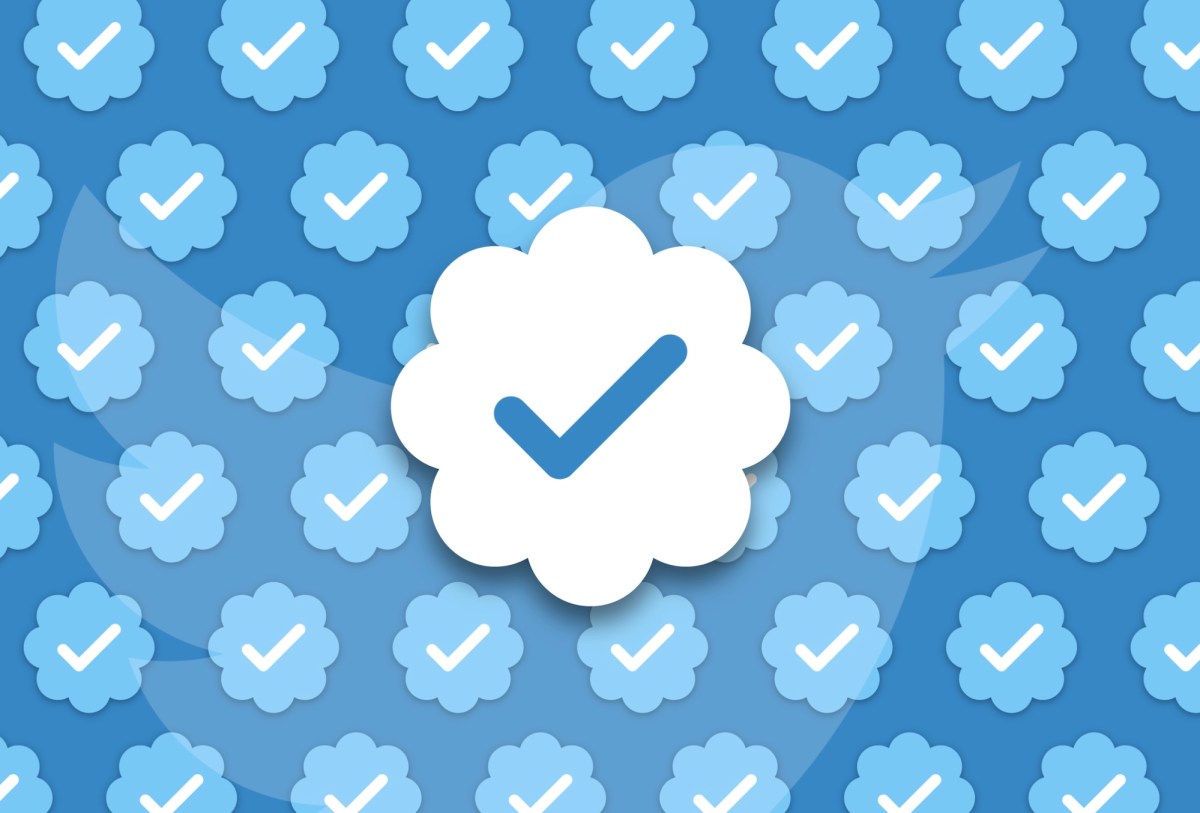

























































































































![[The AI Show Episode 144]: ChatGPT’s New Memory, Shopify CEO’s Leaked “AI First” Memo, Google Cloud Next Releases, o3 and o4-mini Coming Soon & Llama 4’s Rocky Launch](https://www.marketingaiinstitute.com/hubfs/ep%20144%20cover.png)

































































































































![From fast food worker to cybersecurity engineer with Tae'lur Alexis [Podcast #169]](https://cdn.hashnode.com/res/hashnode/image/upload/v1745242807605/8a6cf71c-144f-4c91-9532-62d7c92c0f65.png?#)
























![BPMN-procesmodellering [closed]](https://i.sstatic.net/l7l8q49F.png)











































































































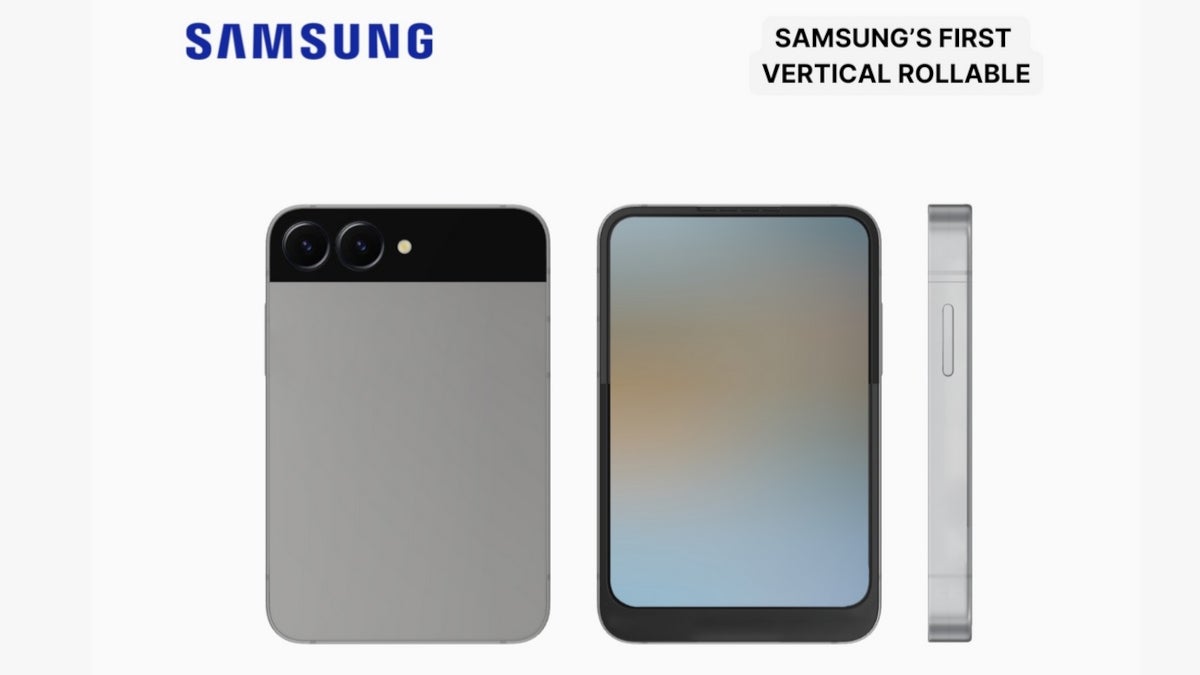











_Tanapong_Sungkaew_via_Alamy.jpg?width=1280&auto=webp&quality=80&disable=upscale#)

_Andreas_Prott_Alamy.jpg?width=1280&auto=webp&quality=80&disable=upscale#)

.png?#)
















































































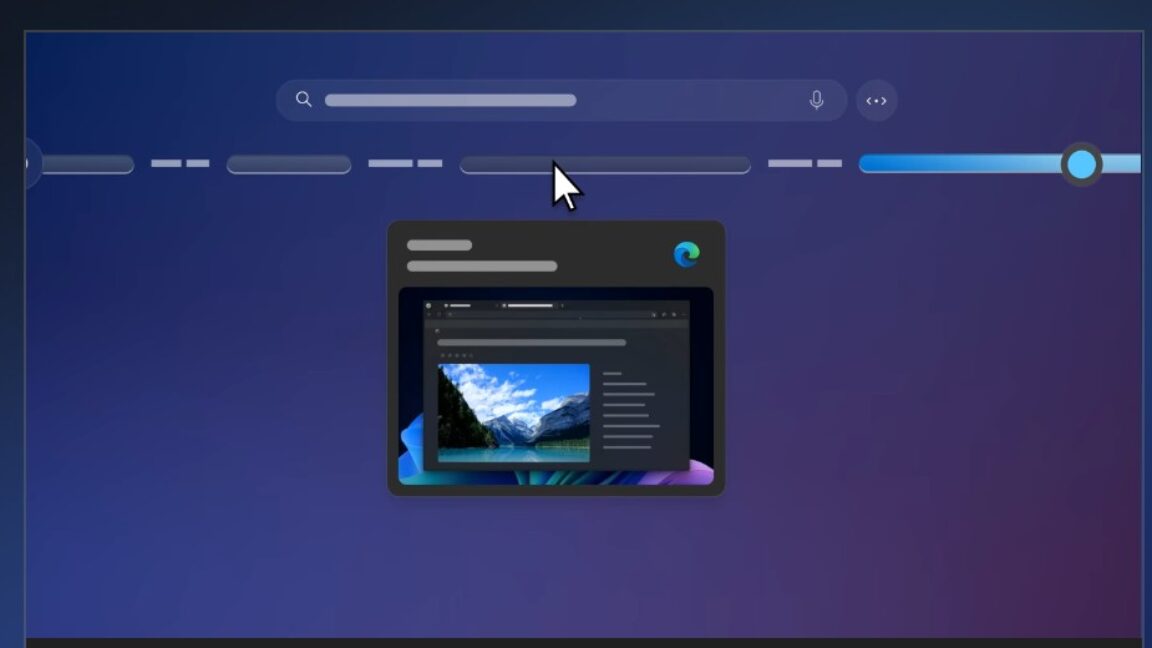









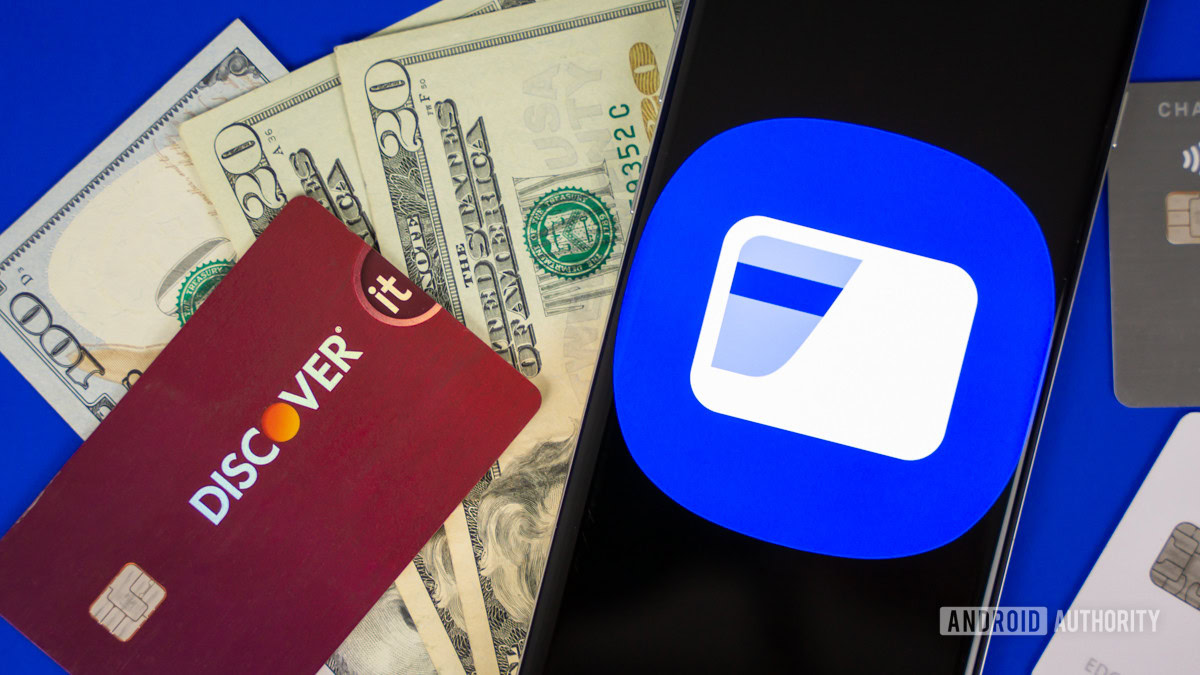

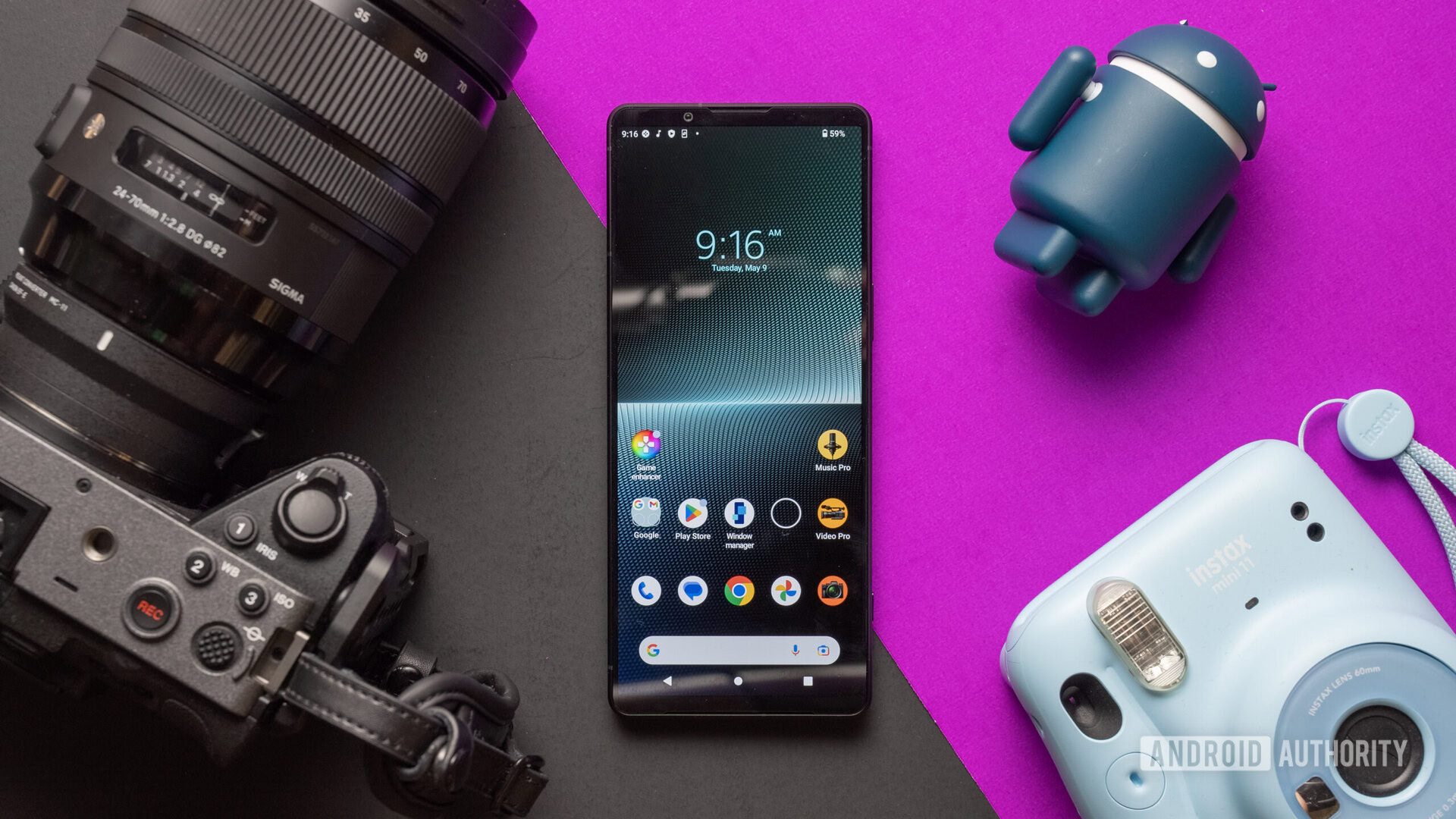





![CMF Phone 2 Pro has a dual-tone design and improved camera in latest teasers [Gallery]](https://i0.wp.com/9to5google.com/wp-content/uploads/sites/4/2025/04/cmf-phone-2-pro-camera-tease.jpg?resize=1200%2C628&quality=82&strip=all&ssl=1)

![Lenovo shows off its next 8.8-inch Legion Tab with vague AI promises [Gallery]](https://i0.wp.com/9to5google.com/wp-content/uploads/sites/4/2025/04/lenovo-legion-tab-y700-2025-1.jpg?resize=1200%2C628&quality=82&strip=all&ssl=1)












![Apple Shares New Ad for Photo 'Clean Up' With Apple Intelligence [Video]](https://www.iclarified.com/images/news/97074/97074/97074-640.jpg)
![Samsung Targets Late 2026 Launch for Advanced Texas Chip Fab Following Delays [Report]](https://www.iclarified.com/images/news/97073/97073/97073-640.jpg)

![Apple Shares Official Trailer for 'Long Way Home' Starring Ewan McGregor and Charley Boorman [Video]](https://www.iclarified.com/images/news/97069/97069/97069-640.jpg)















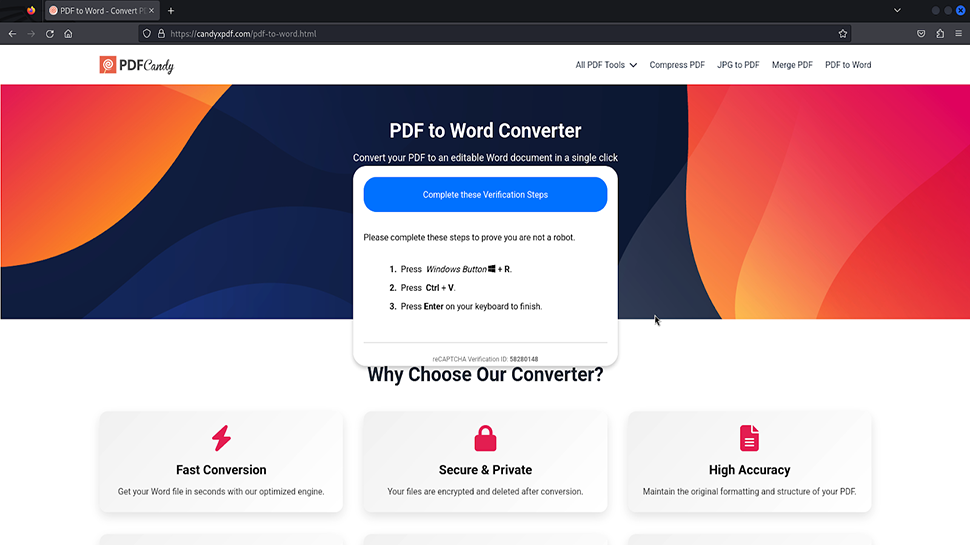












![Mobile Legends: Bang Bang [MLBB] Free Redeem Codes April 2025](https://www.talkandroid.com/wp-content/uploads/2024/07/Screenshot_20240704-093036_Mobile-Legends-Bang-Bang.jpg)


















